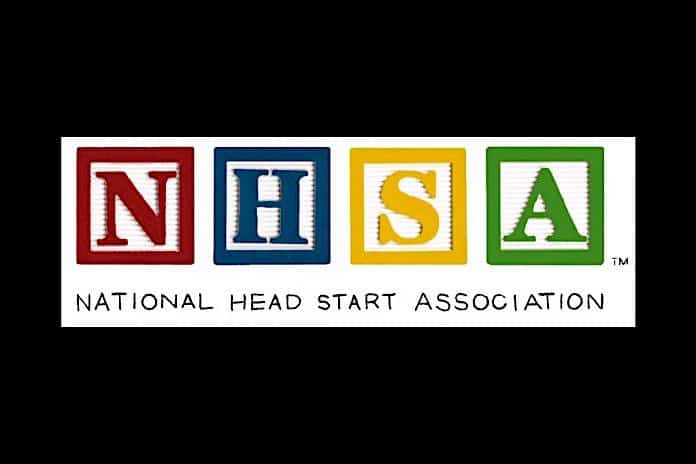Since sequestration hit March 1, headlines have blared about looming staff layoffs and service cutbacks in National Head Start programs serving low-income preschoolers. Yet the ripple effect from slashed school budgets would impact not only Head Start families but also those of staff members, such as administrators, teachers and school bus drivers.
Overall, the National Education Association estimates that 7.4 million students and 49,365 school personnel will be affected. Meanwhile, a minimum 5-percent cut to local Head Start agency budgets will affect some 70,000 pre-school students nationwide. Office of Head Start (OHS) Director Yvette Sanchez Fuentes noted in a March 1 memorandum to all agencies that the sequestration would cancel approximately $85 million in budgetary resources for the rest of the fiscal year.
“As a result, all Head Start, Early Head Start, American Indian and Alaska Native Head Start, and Migrant and Seasonal Head Start grants will be reduced by approximately 5 percent,” she said. “It is critical to minimize disruptions to currently enrolled children for this program year.”
In addition to the enrollment reductions, Sanchez-Fuentes said her office also expects workforce reductions, “particularly in the upcoming program year.” And fewer Head Start students as well as drivers equal fewer bus routes — a dilema also facing school districts nationwide.
In addition, these federal cuts follow a decade of major declines in supplementary financing of Head Start in some states. From 2001 to 2010, state financing dropped by $122 million nationwide, or 45 percent, reported the Rutgers University National Institute for Early Education Research.
While budgets have increased in recent years due to additional funds allocated by the American Recovery and Reinvestment Act, a spokeswoman for the National Head Start Association confirmed that sequestration would bring budgets back to 2008 and 2009 budget appropriation figures.
On March 1, the OHS held an all-grantee phone call to provide further guidance and details. During the call, one grantee told STN the participants were advised that these reductions will not force recompetition for funds based on quality of service reductions caused by the budget cuts. An OHS spokesman confirmed that grantees will not be penalized with the threat of recompetition, even if early closure means the agencies are unable to provide the days of service required by the Head Start Program Performance Standards.
Prior to the OHS memo last month, the American Association of School Administrators forecasted that Head Start agencies would face an additional 8 to 10 percent reduction for the next fiscal year.
“Job cuts are now imminent and schools are planning appropriately. Whereas last [month] there may have been the perception that the cuts were hypothetical or that pink slips wouldn’t be issued, the ‘other shoe has fallen’ and sequestration and job cuts/program eliminations are a reality,” stated Noelle Ellerson, AASA assistant director, policy analysis and advocacy, in a recent blog.
Out in the Field
For Russ Newbold, transportation field advisor for the Western Idaho Community Action Partnership/Head Start in Payette, that reality is an estimated 5- to 7-percent cut, which may result in reduced hours for bus drivers.
“Drivers could lose up to eight hours a week. Already, any new-hire school bus driver in Idaho — per the state DOE — can work no more than 19.5 hours a week as of two years ago in response to tax-base cuts,” said Newbold.
At the Transporting Students with Disabilities and Preschoolers National Conference in Frisco, Texas, last month, he told STN that one way to trim transportation expenditures is to minimize door-to-door school bus service and to offer more fixed stops.
“We also might need to modify maintenance schedules to reduce costs,” he added.
But Newbold emphasized that no final decisions have yet been made by the OHS or its regional offices, and already the projected percentages have changed somewhat, so it’s too soon to nail down figures.
Merianne Dyer, superintendent of Gainesville City Schools, told STN that preschools in her area receive funding from the Georgia Lottery and Head Start, with three classes solely dependent upon federal dollars for the latter. Her district’s investment in Head Start is primarily for preschool students with special needs.
“We will have to work with our Ninth District Head Start because we’re a piece of their pie. Our funding right now pays for salary of preschool teachers, so we’ll have to work with them on how to absorb those cuts,” she said.
Dyer added that some special needs students require services in Atlanta, located about 60 miles away, so Gainesville has been carpooling with nearby districts on longer routes to drive down transportation costs.
















